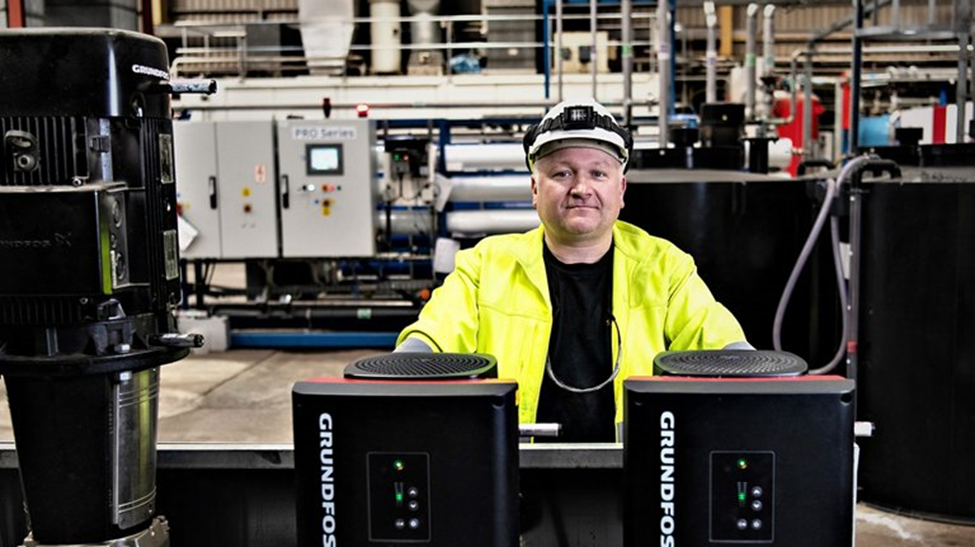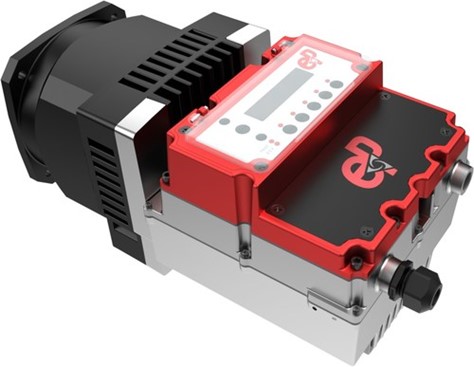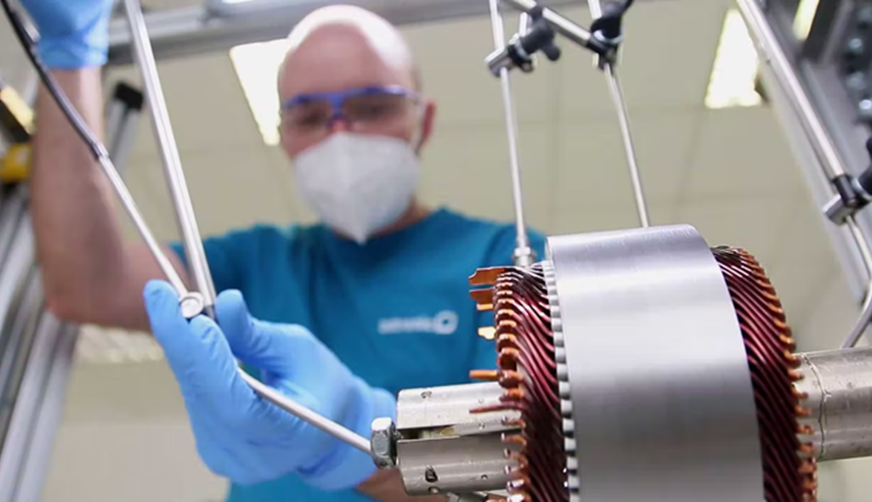
Using motors designed and produced in-house, global pump manufacturer Grundfos is bringing new energy efficiency and capabilities to pumping systems for a broad range of applications, many of which were once were the domain of hydraulic technology. Its MGE E-motors — permanent magnet synchronous motors (PMSM) designed especially for frequency converter operations and optimized for pump applications and high part-load efficiency — are the company’s most energy efficient yet.
When combined with new digital intelligence, the motors are powering pump systems that are registering dramatic improvements in energy efficiency and performance in operation at diverse sites that regularly handle large volumes of water such as commercial and residential buildings, and industrial facilities like the Williams Grant & Sons distillery in the UK, maker of the famed Glenfiddich single malt whiskey and other iconic global brands.
Commenting on the growing focus and adoption of E-Motors, Markus Brandstetter, chief technology officer of Grundfos, says: “Digital transformation is inevitable across the various segments and we at Grundfos are proud to pioneer in creating the products and digital solutions of the future. Our focus on developing IE5 E-motors is strategic not only for our business, but we see that it is a critical solution to alleviate the world’s energy and climate issues. E-motors are known to not only improve the efficiency of the entire system but also help in reducing energy consumption and helping us mitigate climate change. This is what we push further to the benefit of our customers and end-users in reducing cost and CO2 emissions.”

The PMSM motor has a built-in frequency converter that enables variable-speed operation with benefits in pump applications ranging from energy savings, process control, extra functionalities, built-in motor protection, higher performance and more compact pumps, reduced water hammer due to long ramp times and low starting currents.
This results in lower energy and lifecycle costs. Adjusting the speed of the pump based on demand, rather than throttling the system flow with a valve, also results in no excess pressure causing stress in the system and noise in the valve due to cavitation and reduced power consumption due to lower pump speed. The motors are currently utilized in a wide range of its pumps including multi-stage pumps, single-stage pumps and booster systems.
It is said that as much as half of the world’s electricity is consumed by motors. Motor-driven systems in the industry sector alone consumes 64% of the electric energy, while the commercial sector consumes 20% and the residential sector consumes 13%. There is a growing focus on improving the efficiencies of motors and reducing energy consumption to meet the carbon emission targets around the world.
The International Efficiency (IE) standards stipulate the energy efficiency and basically has set five levels of motor efficiency: IE1 to IE5. The highest efficiency level being IE5 the ‘Ultra-Premium Efficiency’. These IE codes serve as a reference for governments who specify the efficiency levels for their minimum energy performance standards for motors in their respective countries.
Pumps account for a large portion of this electricity consumed across the various sectors, especially in industries and commercial sectors. As a world leading manufacturer of pumps and pump equipment, Grundfos makes electrical motors of exceptional quality and has been manufacturing its own motors for decades. The company’s MGE E-motors exceeds the IE5 requirements – for example, looking at a MGE 11.0 kW 3×380-500V medium speed, the IE5 requirement for the motor efficiency is 93.2%, but the Grundfos MGE E-motor exceeds that by more than 2% by having a motor efficiency of 95.7% at 380V/2600 rpm. The PDS (Power Drive System, including Variable Frequency Drive or VFD) efficiency of a MGE 11,0 kW reaches as highs as 93.2% at 380V/2900 rpm. So even including the VFD the MGE motor matches the IE5 requirements for the motor part itself.
At the Grant distillery, for example, Grundfos replaced the fixed-speed CR pumps for boiler feed on four steam boilers with a steam capacity from 12.5 tons to 30 tons with a steam pressure of 10 bar, with Grundfos iSOLUTIONS CRIE15-8 pumps with MGE motors. They also removed the modulating valve from the boiler. The CRIE pump controls the level in the steam boilers, going up and down in speed depending on demand. At the same time, the Grundfos pumps use built-in functions in the drive to control a bypass valve to secure flow through the economizer when the burner is running but the boiler is not calling for water. All control is handled by the drive at exactly the right time to have a safe and efficient boiler operation and reduce complexity. The outcome has been a 40 percent energy saving on one pump alone which equates to about 5.000 GBP a year. On top of that a 6 % saving on the gas usage for the boiler as a result of the more stable level control. Elsewhere, high-rise buildings equipped with the new systems have unlocked up to 80% energy savings with simple pump swaps.

Headquartered in Bjerringbro, Denmark, Grundfos is the largest pump manufacturer in the world and has some 19,000 employees globally. It also is a major supplier of flow control and liquid level systems, many of which utilize magnetic sensing technology. For more info, see www.grundfos.com



